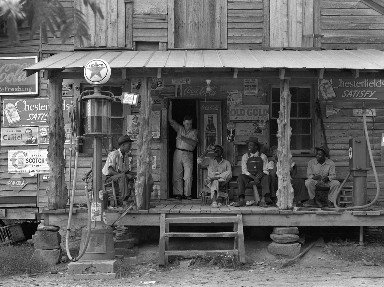Quiz Answer Key and Fun Facts
1. In 1858 John Landis Mason received a patent for an innovation which improved the way that food could be preserved. Which of the following items did he get the patent for?
2. Though the patent for this handy item was filed in 1901 by Roberta Lawson and Mary Molaren, it didn't become popular until a few years later when Thomas Sullivan began shipping his product in them. Which of the items listed below does this describe?
3. The Scott Paper Company originally marketed toilet paper rolls. It wasn't until 1907 that they added a product which was the forerunner of paper towels. What was the original product name?
4. In 1911, spurred by an argument between a farmer and a hotel owner, newspaper owner Joseph Coyle invented a way to package and transport a very fragile commodity. Which of these containers did he file a patent for?
5. Harry Brearley from Sheffield, England, is often credited with the invention of a rustless metal that can be often be found in kitchen appliances or tableware. Which of these alloys does this describe?
6. The Corning Glass Works Company was working on a project to provide shatter-proof lantern globes. When Bessie Littleton's casserole dish broke, her husband brought home "dishes" made from the new glass. This would lead to a new brand of cooking glassware, can you identify it from the list below?
7. Bread had been toasted in (or next to) a fire for centuries before any toaster was invented. Starting in the 1800s there were many versions of electrical toasters, but it wasn't until 1921 that Charles P. Strite would be granted a patent for what has become the most popular version. Which of these types of toasters has become most prevalent in today's kitchens?
8. When first invented, blenders generally had a motor on a stand with a long spinning blade to be submerged in the ingredients to be mixed. They were originally used for mixing milkshakes. It wasn't until 1935 that a specially designed container would sit atop the motor. Though Frederick Osius worked on improving the original, which bandleader would further improve it and re-market using his own name?
9. When first marketed by Raytheon in 1947 this kitchen appliance was over five feet tall and weighed 750 pounds. Which of the appliances listed below would take several decades to become so popular that they would be found in most homes?
10. Kitchen graters have multiple surfaces to enable them to grate different types of foods. It wasn't until the mid-1990s that a woodworking tool would gain popularity and replace the tried-and-true grater in applications requiring a finer texture. Can you identify which of the following tools this describes?
Source: Author
mlcmlc
This quiz was reviewed by FunTrivia editor
bloomsby before going online.
Any errors found in FunTrivia content are routinely corrected through our feedback system.

